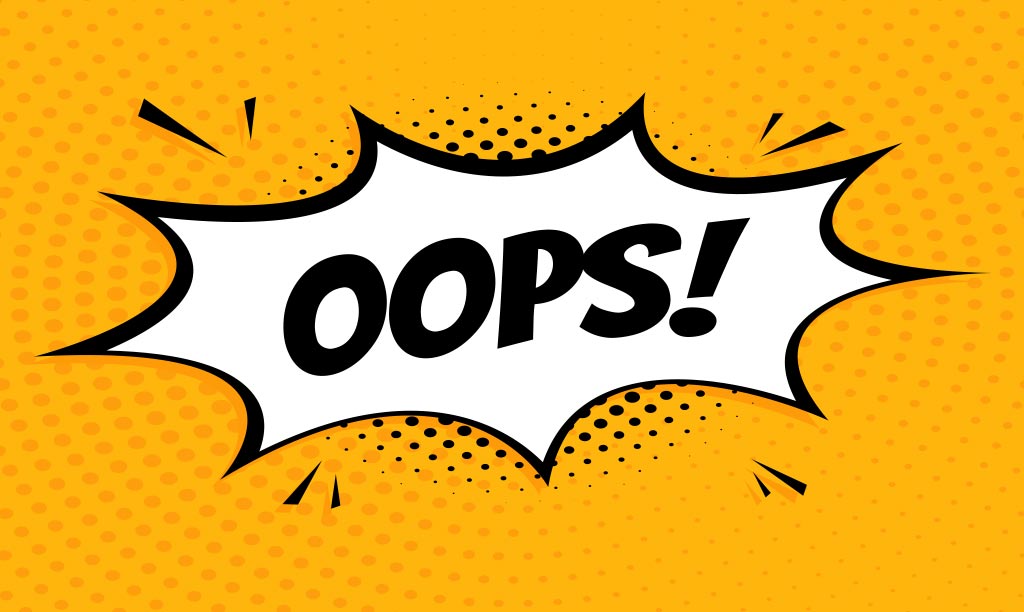Wouldn’t it be helpful if translation websites had a “VAT” option in the language to translate?
Ever had a lengthy email from a VAT consultant that feels a bit longwinded? I bet you have, but maybe we can help you see why.
Part of the problem with VAT is many of the terms used in the VAT legislation and developed from guidance and case law include ordinary words and phrases which are then specifically defined for VAT. These include “dwellings”, “domestic use”, “charitable use”, de-minimis", “capital items” “electronically supplied” and “cake”! Add to those the words and phrases that don’t me anything unless we explain what they refer to such as “reverse charge”, “golden brick”, “PVD”, “self-supply charge”, “PVA”(Postponed VAT Accounting - Not glue!) and “MOSS” you can see why de-coding this is vital to being able to properly advise clients.
The difficulty often is getting the right level of detail in the advice so not to overwhelm the client with fantastically long definitions but to enable proper understanding of the technical point to avoid errors now and down the line. Often the answer is greater client engagement to understand what parts of the definitions or conditions the client is going to need additional advice or input on and what is of no concern or plainly obvious.
To emphasize the point, we thought we’d set out some examples of what we are up against in terms of some of the VAT definitions of ordinary words and phrases.
First, let's take the VAT relief for Dwellings:
The construction or sale of a new dwelling can be zero rated for VAT purpose, there is also a 5% relief for the conversion of a qualifying property into a dwelling. Sounds straight forward, everyone knows what a dwelling is- don’t they?
Well, the dictionary would suggest a dwelling is a straightforward concept, “a house, flat, or other place of residence” which most people would agree is the definition of a dwelling. Indeed, the SDLT legislation follows on the same line defining it as “a building suitable for use as a single dwelling or in the process of being constructed or adapted for such use”.
For VAT purposes dwellings are only “dwellings” (therefore capable of qualifying for the available reliefs) if: they are self-contained, with no provision for direct internal access to any other dwelling; and where the separate use or disposal of the dwelling is not prohibited by any term of any covenant, statutory planning consent or similar provision; and for which statutory planning consent has been granted for its construction or conversion, which has been carried out in accordance with that consent (and breathe!).
So, whilst an annex may be a dwelling according to the dictionary or even SDLT legislation, as VAT consultants we’d be misleading you if we didn’t set out our multiple condition definition.
It can also lead to some very obscure results of what for VAT would be classed as a dwelling and what wouldn’t. For example, a house of a large country house which is rented to a family not related to the occupant of the original house, but which cannot be sold separately, would not be a dwelling for VAT purposes. However, Fellows rooms which have all the usual features of an apartment with a lockable entrance at a college institution would be treated as a dwelling for VAT purposes if there is no legal impediment to its separate use or disposal (even if that is because it is completely inconceivable that the college would ever dispose of it). By the way this is a real-life scenario.
How about when a VAT consultant asks you if your client has any “capital items” for the purposes of “The Capital Goods Scheme”:
The use of the term “capital items” by accountants and tax professionals is generally in reference to assets used by a company in the production process to manufacture products and services for consumers. Generally, when VAT consultants are asking about capital items (usually in relation to the transfer of a business as a going concern or company sale) they are asking about a very specific set of capital items or work to these assets which includes land, buildings, civil engineering works, certain computers and boats among other things, where the expenditure exceeded the proscribed value of £50K or £250K upon which VAT was incurred.
Failure to recognise items within this group can lead to significant liabilities to account for VAT that was never incurred by the company but which it becomes liable to account for due to its own use of the items. Furthermore, a business selling these items, whether as part of a company sale or transference of a land asset operating as a business, that fails to notify the purchaser of its “Capital Goods Scheme” history, could be liable, under the contract for sale for these items, to cover any loss the purchaser suffered as a result of changing the use of these items after purchase.
Because “capital item” is a commonly used term outside of a VAT context and the “Capital Good Scheme” sounds like something you opt into like the flat rate scheme, or the cash accounting scheme, it is often missed unless we set out when it would apply – having to list the items to which it does apply, how much VATable expenditure must have been incurred for them to be included and how long they are included for, definitely makes for a sometimes unavoidably lengthy email.
Perhaps we should sign off by apologising for our sometimes lengthy advice but it is because we know that Google translate doesn’t have a VAT option.





























